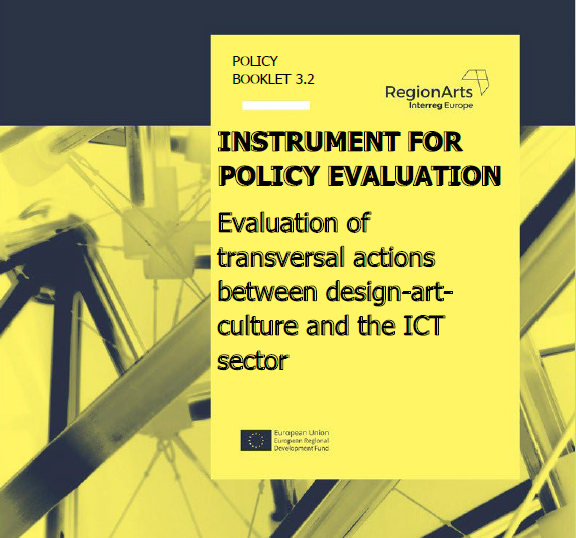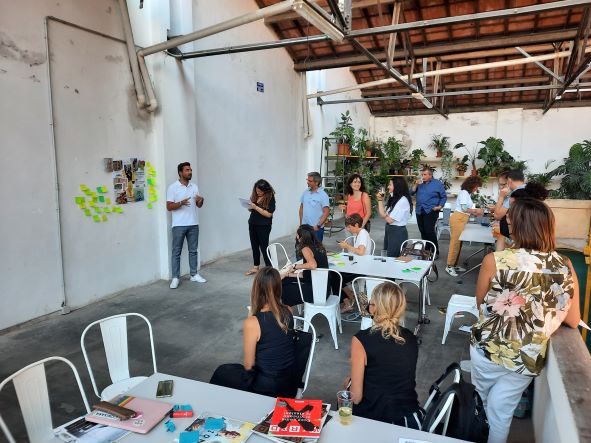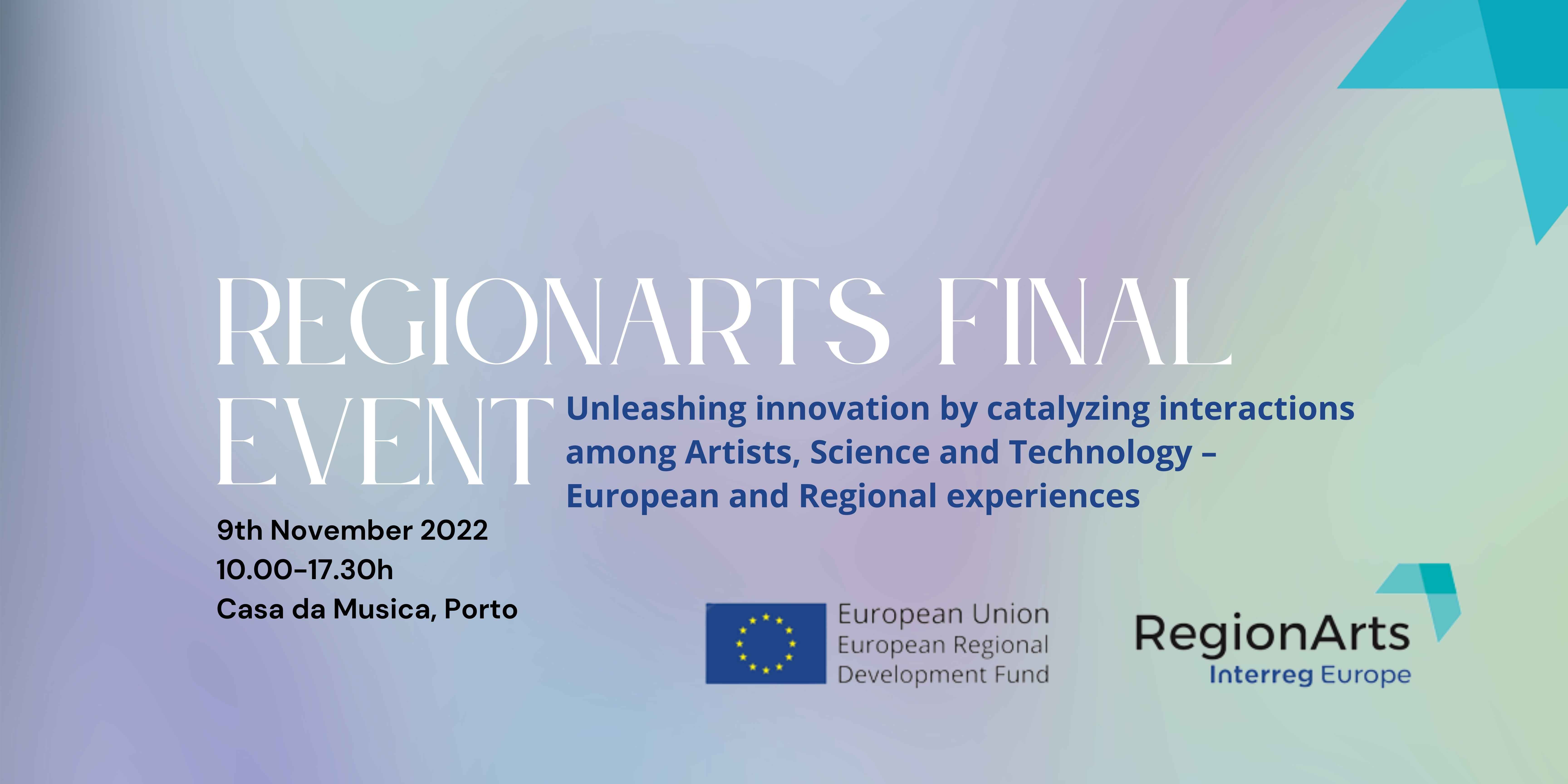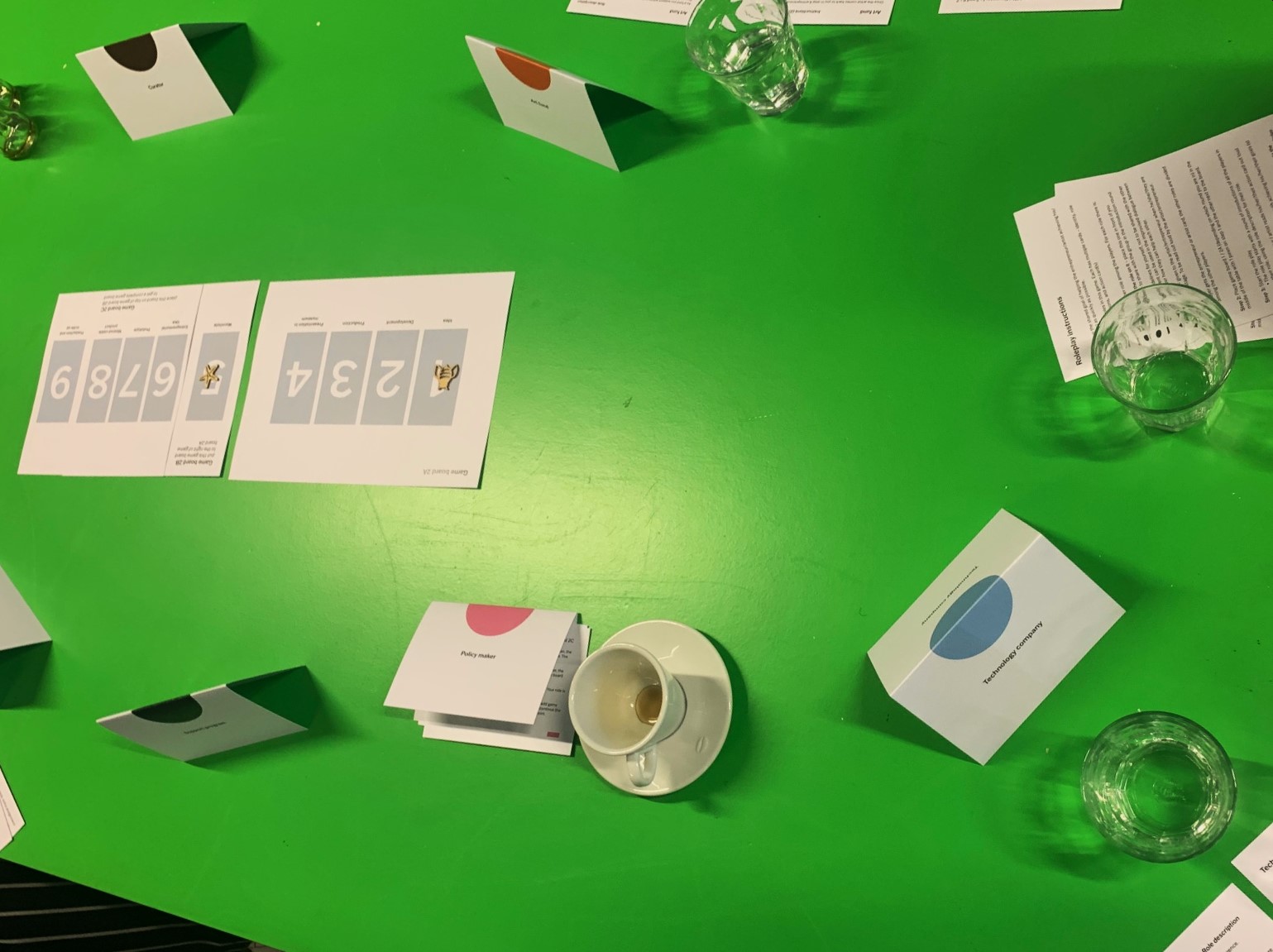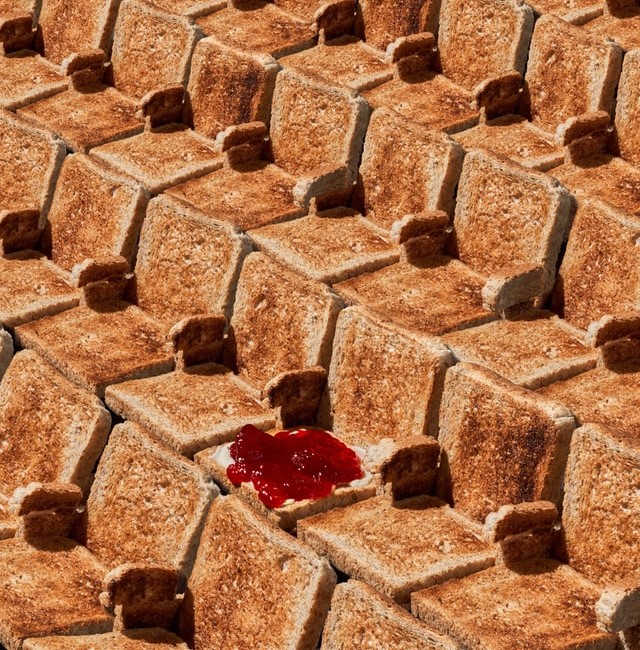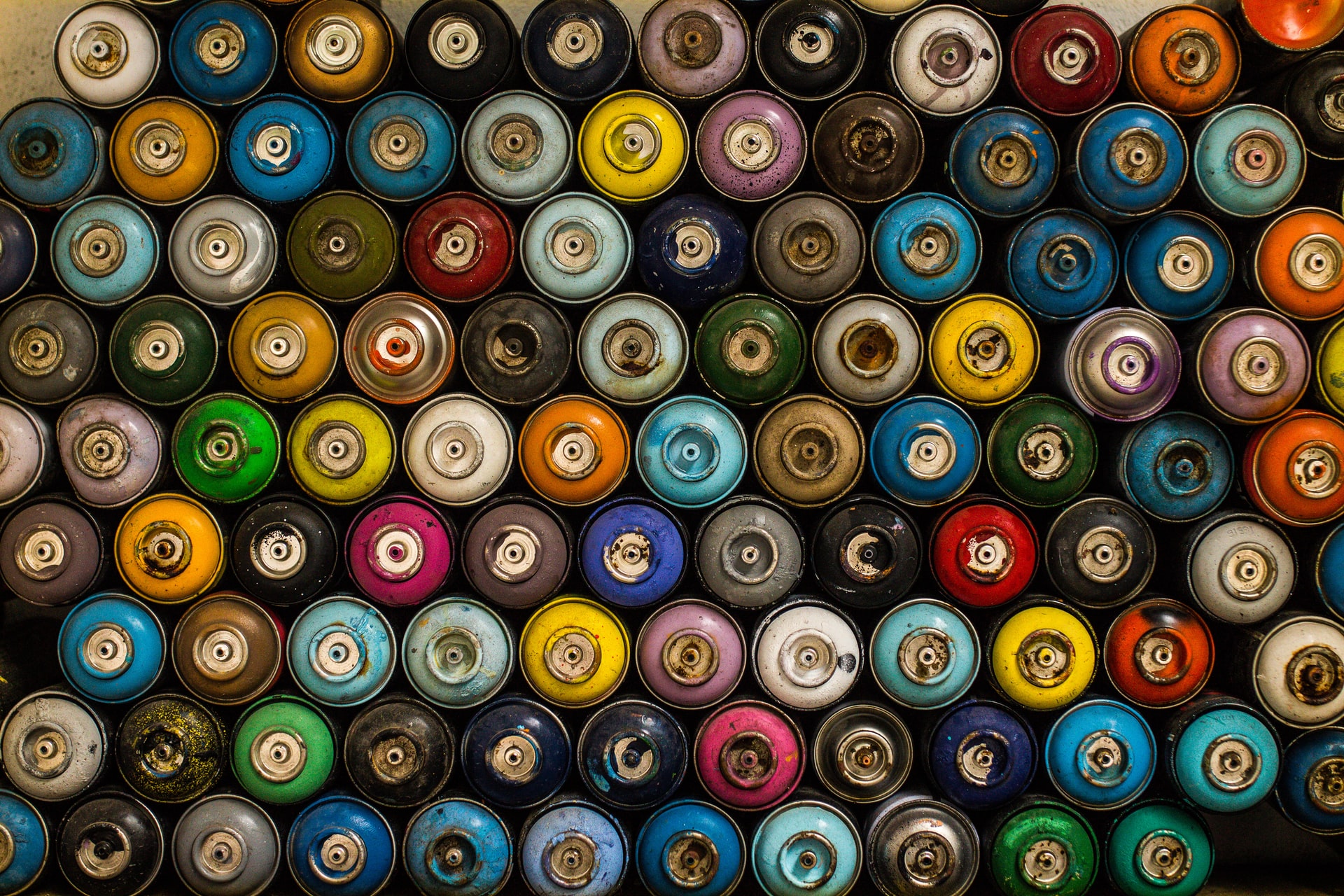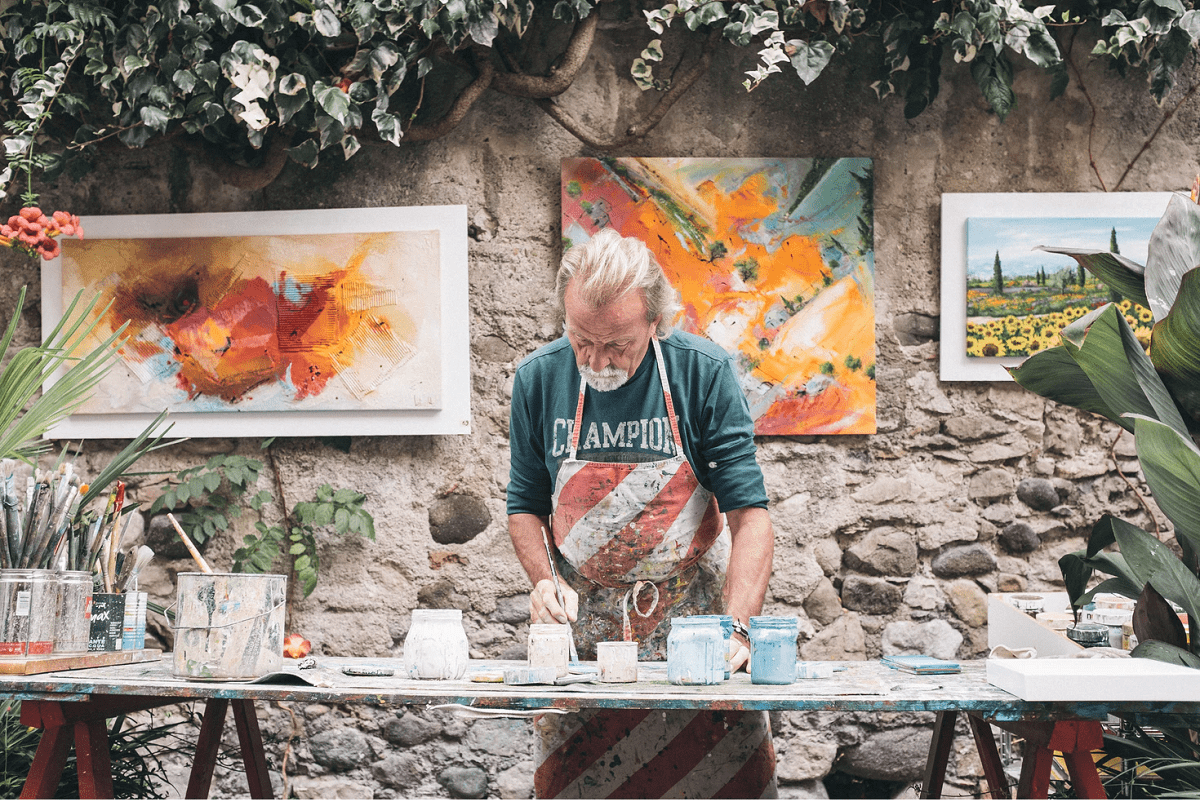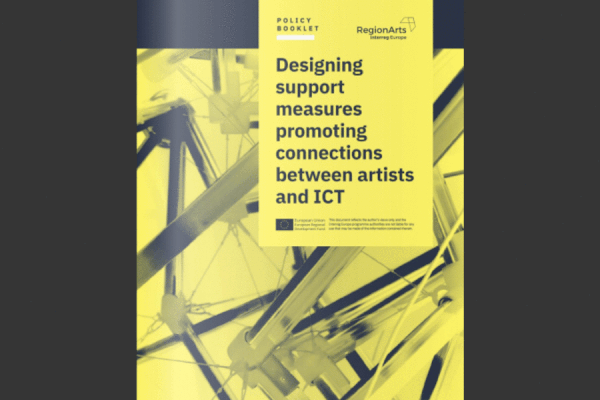On 28th November 2019, ART-ER hosted the third Local Stakeholder Group meeting at CNR - Area di Ricerca di Bologna. This time ART-ER to organize an event open to both stakeholders and the general public to foster the exchange of insights and gather new inputs: Arts, creativity and technology for SMEs competitiveness.
The regional initiative saw the participation of two guest speakers - Marco Mancuso, founder of Digicult platform and Andrea Cancellato, director of MEET digital culture center - who were invited to discuss case studies and hands-on experiences linking arts and technologies: this will allowed for thorough analyses and benchmark.
Thanks to existing examples and real applications, ART-ER and its stakeholders will identify strengths, weaknesses and opportunities. The aim is to design actions aimed at improving regional measures to foster SME competitiveness through the integration of artists and technology. The regional policy instrument will be improved by reflecting the actual needs.
Regional stakeholders took part in the event, including Gianni Cottafavi, responsible for Culture and Youth Policies of the Emilia-Romagna Regional Government who gave an opening speech providing the audience with an overview of the policies favouring CCIs.
The Emilia-Romagna region has been supporting this field through measures aimed at enhancing both its cultural features - generating effects on the territory in terms of social innovation, cohesion and regeneration - and economic impact - in 2017 alone, CCIs have produced the 5.4% of the added value of the region.
Due to their high growth potential, Cultural and Creative Industries have been included in the Regional Smart Specialization Strategy, the instrument of the European Union for better policies in the field of research and innovation.
In fact, in recent years, actions and projects aimed at creating greater connections between culture, creativity, new technologies and traditional companies have dramatically increased. All these actions are building up to the creation of a favourable environment allowing different players on the territory - institutions, companies, associations - to work together to produce opportunities to innovate, increase competitiveness and foster integrated development of the entire system.
Marco Mancuso highlighted the fact that the realm of contemporary art and design has developed a great interest in scientific research and technology. These aspects are also extremely relevant for all those traditional industries which intend to remain competitive on the market. Thus, it is pivotal to analyse the types of connections and outcomes that can arise from the synergies among research centres, enterprises and creative talents. Hands-on experiences that have already started working successfully on these topics were mentioned: Ars Electronica, Sonar + D, New Inc, the Science Gallery network, Art @CERN, Art + Com.
Andrea Cancellato brought his direct experience to the audience by presenting the international digital culture centre he directs: MEET. The Milan-based hub covers a wide range of activities: from digital production to artificial intelligence to smart mobility to actions aimed at creating awareness towards these themes. MEET operates in the framework of S+T+ARTS: an initiative supported by the European Commission which intends to foster collaborations among professionals in the fields of Science, Technology and Arts.
All participants were positively impressed by these presentations and brought to the table several inputs and reflections: from the importance of a common framework allowing artists, ICT professionals and companies to understand each other and work towards the same goals; to the creation of common grounds to foster fruitful cooperation; to the role of the public administrations on this matter. The interaction among arts, technologies and productive sectors has great potential for development in the years to come.


